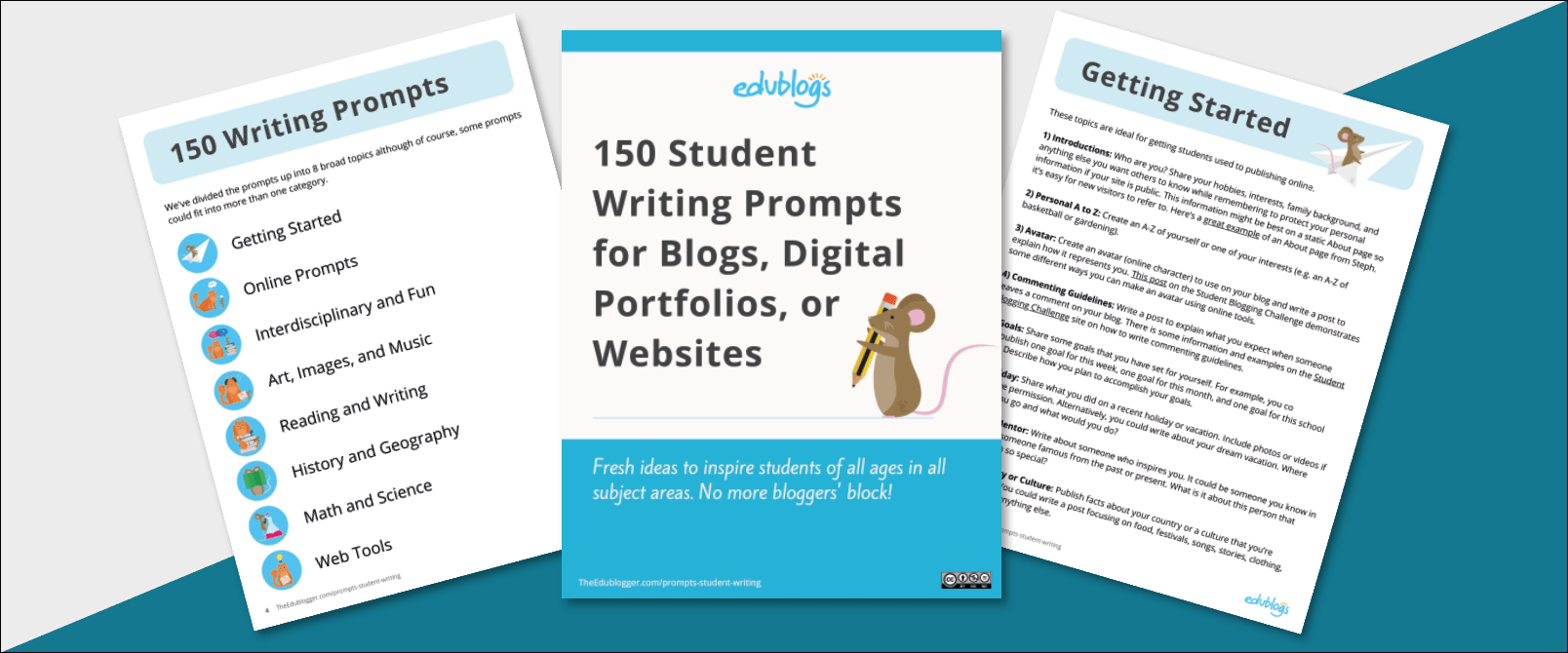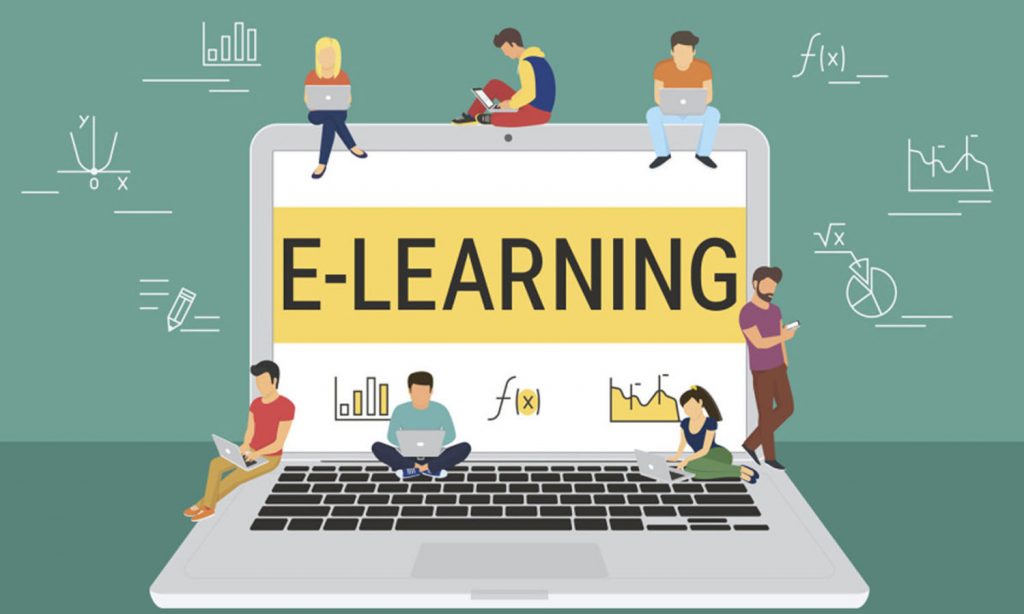
The supply chain is transforming into ‘smart supply chain’ and manufacturing is also becoming intelligent and smart. All business processes across the business value chain are also becoming smart. The impact of industry 4.0 and innovations in technology has already transformed ‘phones’ into smartphones and homes into ‘smart homes’. With ‘Internet of things’ (IoT) becoming the next significant phenomena, objects around us are also becoming smarter. In comparison to home automation and industrial automation, the Indian education sector has not been at the forefront of adopting the latest technologies.
The Internet of Things (IoT) is an environment in which objects, animals or people are provided with unique identifiers and the ability to transfer data over a network without requiring Human-to-Human or Human-to-Computer interaction. Although the education sector has been late in adopting IoT to make their business processes ‘smart, some institutions have understood the power that IoT can bring to their operations and have started taking baby steps in implementing solutions given by start-ups to transform their processes into ‘smart processes’.
IoT is helping educational institutions to remove ‘non-value added activities’ in their business processes. Let me take an example of student attendance as a business process that exists right from primary school to B school. In a B school with 180 students in the seminar hall, the process of taking the attendance would take at least 15 to 20 mins. This is gross wastage of productive time that could be spent by a professor to discuss some useful concepts which can benefit the student.
A simple IoT solution can help to eliminate this lack of value added business process completely. A smart ID card which can directly communicate with a sensor system placed in a seminar hall with a geo-fence can easily help to automate attendance process. The system can be configured so that attendance can be automatically captured for the students seated inside the hall at a particular time. Such IoT solutions are now implemented from primary school to B schools. This is an example to show the impact of IoT in one academic process related to education.
Also, when an IoT based system is implemented in the teaching-learning process, it facilitates and promotes a higher level of personalised learning. A computational IoT nervous systems for a higher education institution can help in keeping track of major resources, create smart lesson plans, design secure campus, enhance information access and in short improve the efficiency of many academic processes.
If the government mandates implementation of IoT from primary school to the high school level, then intelligent application systems can be developed to give automatic updates about the chance for an aspirant to clear a competitive exam. If such an environment is created, then it can also be useful to give instant reports on the areas of strengths and weaknesses along with the possibility of a sector or a domain which be the best fit to the student for him or her to pursue higher education. An IoT based smart solution can help in creating a great teaching-learning environment for students with disabilities. For example, devices that can automatically help in capturing the voice of a professor and convert the voice to text and also automatically email the notes to students with disabilities in eyesight will be a great boon.
Similarly, an IoT enabled screen connected to a smart magnifier glass can help as a magnification tool for enlarging screen content to those with visual disabilities. Smart IoT based systems can also help in creating high-contrast themes, specific to the individual when the presentation is being made in a classroom of many, and hence can allow people with visual impairments.
An IoT based system can help in automatically changing the colours to a more comfortable setting (such as white-on-black), and increase the size of the mouse pointers and text depending on individual needs. IoT based smart glasses can also help in creating visual messages can appear in place of audible sounds to help people who are deaf or with hearing impairment.
Therefore, in the long run, IoT can create a significant impact on education.
source: deccanherald




